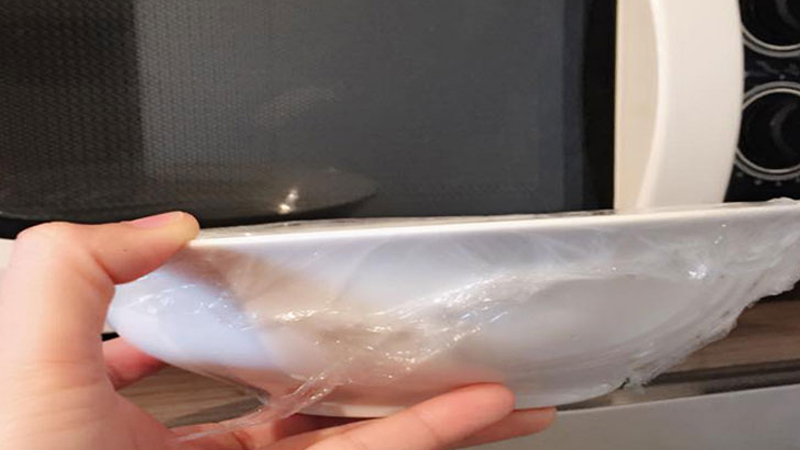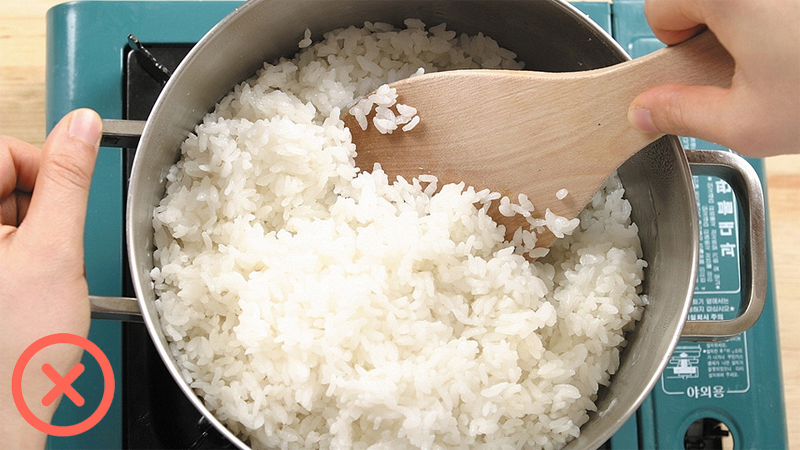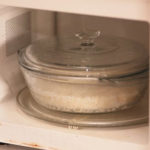Leftover rice is often stored in the fridge by homemakers to be reheated or turned into delicious fried rice. However, if not stored properly, rice can quickly spoil, leading to waste. Improper storage can also result in a significant loss of nutrients, affecting its health benefits.
According to PGS-TS Nguyen Duy Thinh, from the Institute of Biotechnology and Food Technology at Hanoi University of Technology, it is completely safe to consume leftover rice as long as it was properly cooked and stored within 24 hours.
So, how can we keep leftover rice from spoiling and maintain its nutritional value? Let’s explore the following suggestions:
1 Do Not Put Hot Rice in the Fridge

Nutrition experts advise that when storing rice in the fridge, it must be completely cooled before placing it inside. Hot rice, when put in the fridge, will create more condensation, leading to quicker spoilage and increased risk of bacterial contamination from other foods.
Additionally, putting hot rice in the fridge can cause damage to the appliance. Thus, it is recommended to let the rice cool down, place it in a sealed container, and then store it in the fridge.
2 Reheat Leftover Rice a Maximum of Two Times
It is not advisable to reheat leftover rice more than twice as it can result in a significant loss of nutrients and potential health risks.
Furthermore, refrain from storing leftover rice for extended periods, even in the fridge. It is best to consume it within 24 hours to ensure food safety.
3 Keep Rice Separate from Other Foods

It is not recommended to store other foods in the same container as rice. Doing so may cause the rice to absorb unpleasant odors or spoil faster.
The best practice is to store each type of food in separate airtight containers before placing them in the fridge.
4 Avoid Direct Contact Between Rice and Plastic Wrap

When reheating rice in the microwave, cover the container to prevent it from drying out. Use a glass bowl or container, and cover it with plastic wrap without letting the wrap touch the rice.
In just a few minutes, you’ll have a steaming hot bowl of rice ready to be enjoyed.
5 Do Not Mix Steamed Rice with Freshly Cooked Rice

It is essential not to mix steamed rice with freshly cooked rice. Keep the steamed rice in a separate section of the pot, and do not fluff or mix the two types together. Doing so will prevent the freshly cooked rice from being affected and spoiling faster.
Consuming leftover rice is not harmful, but it is important to follow these guidelines to maintain optimal health. Thank you for reading our article.
8 Common Mistakes People Make with Cutting Boards
Are you using your cutting board correctly? Many Vietnamese households rely on cutting boards in their kitchen, but not everyone knows how to use them properly, especially when it comes to wooden cutting boards. Check out these 8 mistakes to avoid when using a cutting board to ensure both hygiene and safety for everyone in your family.
Is Refrigerated Leftovers Linked to an Increased Risk of Cancer?
Dr. Lam Van Man, Head of Research, Development and Technology Transfer Department of the Institute of Safety Food, has warned of the risk of food poisoning when reheating leftovers from the refrigerator. But what should we be aware of when it comes to the possibility of these leftovers causing cancer? Here, we explore what the experts have to say on the matter and offer some tips for safe eating.



































